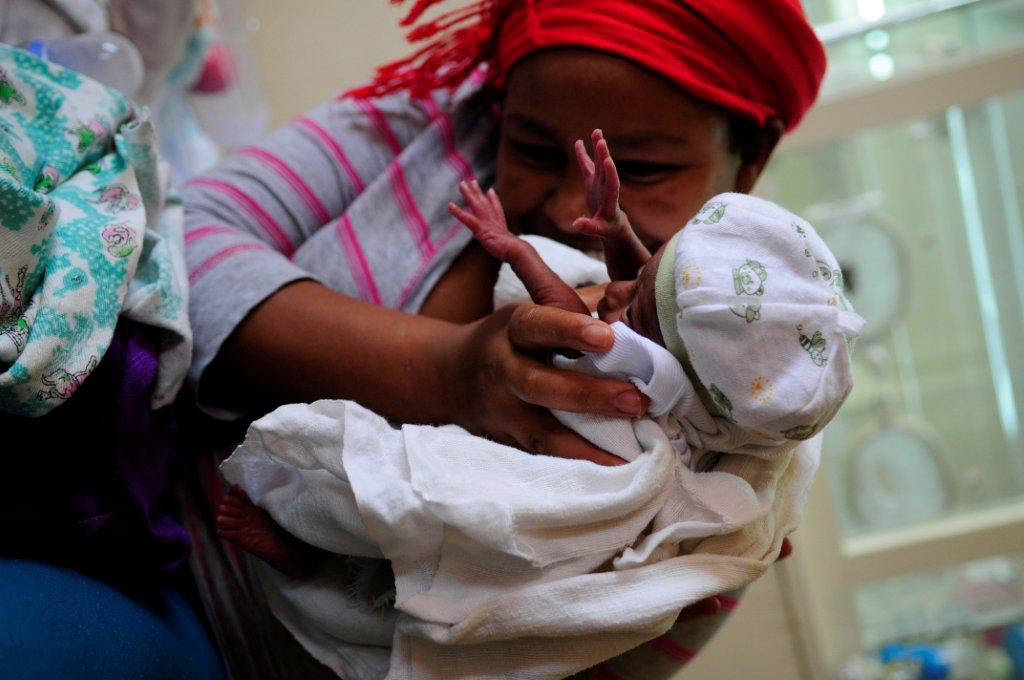With all eyes focused on the healthcare debate in the United States, the World Health Organization yesterday released a report quantifying how much it would cost to deliver quality healthcare to everyone in the world who currently does not have access to it.
The cost is not as high as you would think.
In all, the WHO estimates that it would cost about $58 per person, per year to achieve universal health care in all low and middle income countries. That comes to about $371 billion per year by 2030.
The data were analyzed in a report called the “Sustainable Development Price Tag,” with data drawn from a peer reviewed study in the Lancet which quantified how much it would cost to achieve the health goals and targets embedded in the Sustainable Development Goals. (These are a group of 17 goals and 169 targets that back in 2015 every country in the world agreed to set as goals for 2030.)
The health goals include sharp reductions in maternal mortality and child mortality; ending the AIDS, TB and Malaria epidemics and, crucially, “achieve universal health coverage, including financial risk protection, access to quality essential health-care services and access to safe, effective, quality and affordable essential medicines and vaccines for all.”
Using data from a sampling of middle income and low income countries, the WHO estimated two scenarios: an “ambitious” scenario in which all the goals were fully achieved; and a “progress scenario” the initial investments would be around $104 billion a year, then rise to $274 billion a year by 2030, which comes to $41 per person, by 2030.


Where will this money come from?
According to WHO’s analysis, some 85% of the total cost can be met by domestic resources, meaning countries will boost their own health care spending as a proportion of their GPD. In 32 of the world’s poorest countries, though, there will be a funding gap of about $54 billion that would need to be filled through international aid. From the WHO
Investments made under the ambitious scenario would boost health spending as a proportion of gross domestic product across all 67 countries from an average of 5.6% to 7.5%. The progress scenario would boost health spending as a proportion of GDP to an average of 6.5%. The global average for health spending as a proportion of GDP is 9.9%. Although higher spending does not necessarily translate to improved health, making the right investments at the right time can.
These investments will yield massive health outcomes. Some 97 million pre-mature deaths would be averted, including more than 50 million infants and children who die in childbirth or before their 5th birthday. 20 million deaths from non-communicable diseases like heart disease, diabetes and cancer would be averted. Life expectancy would jump, anywhere between 3.1 and 8.4 years.
For those kinds of outcomes, $58 per person per year seems like a bargain.
